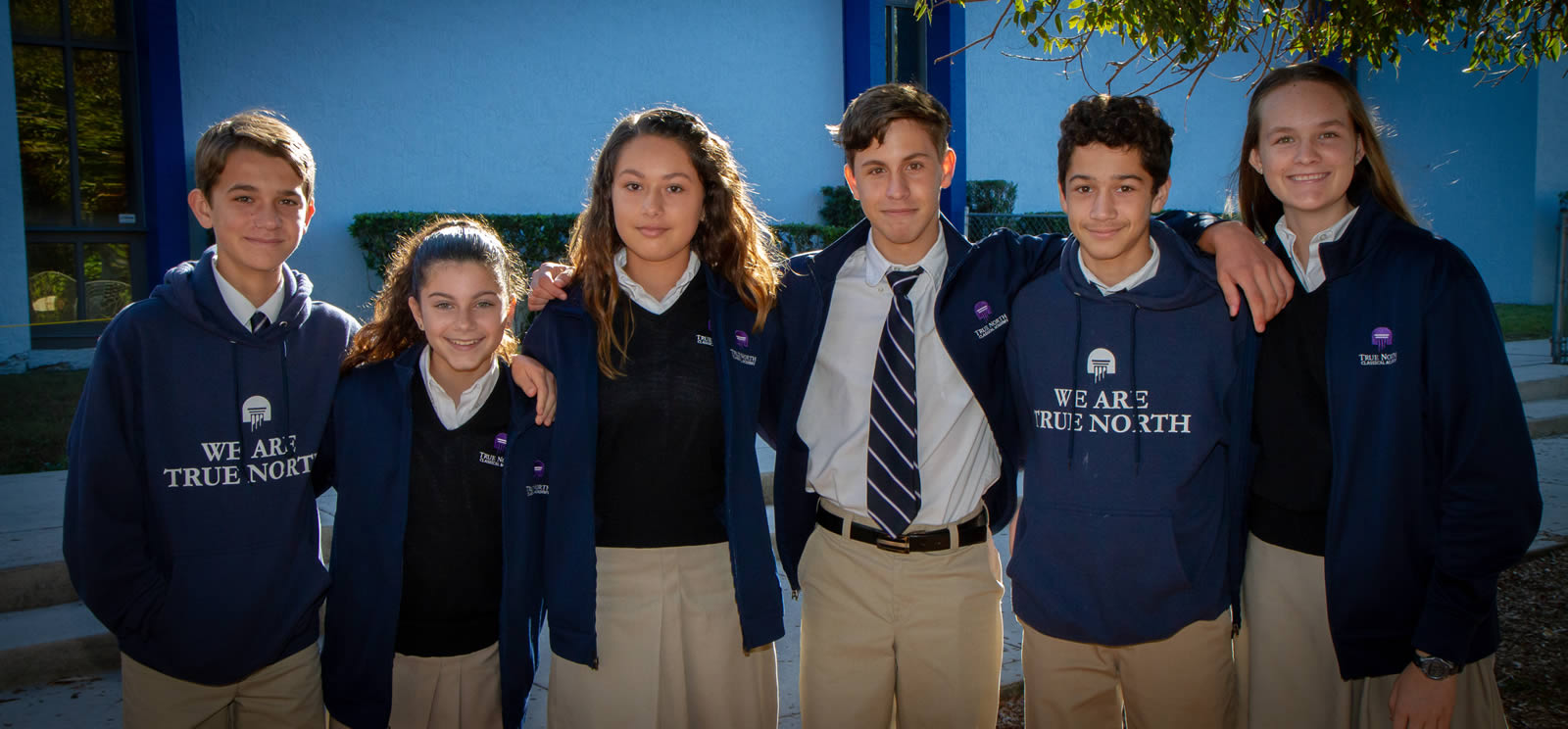Core Knowledge
The Core Knowledge sequence is predicated on two realizations: first, that what children are able to learn at any given moment depends on what they already know, and second, that what they know is a function of previous experience and teaching.
The idea behind Core Knowledge is simple and powerful: knowledge builds on knowledge. The more you know, the more you are able to learn. This insight, well-established by cognitive science, has profound implications for teaching and learning. Nearly all of our most important goals for education–greater reading comprehension, the ability to think critically and solve problems, even higher test scores–are a function of the depth and breadth of our knowledge.
The Core Knowledge sequence is knowledge-based and includes science, mathematics, language arts, classic literature, English, history and geography, music, and visual arts. A knowledge-based curriculum emphasizes the importance of learning a broad, contextual body of common knowledge. The foundational curriculum guide is E.D. Hirsch’s Core Knowledge Sequence.
Specific, Sequenced, and Shared
The Core Knowledge sequence is wide-ranging in its overall scope, and it also stipulates that students learn a specific, sequenced, and shared body of knowledge at each grade level. The specificity of the curriculum ensures consistency within each grade level and prevents repetition and gaps in content from year to year. Each level develops a shared base of background knowledge from which to build future learning.
We invite you to learn more about the rich and stimulating Core Knowledge curriculum by visiting the Core Knowledge Foundation website. Further valuable reading includes other key books by E.D. Hirsch, Jr.:
- Cultural Literacy: What Every American Needs to Know
- The Schools We Need and Why We Don’t Have Them
- The Knowledge Deficit
- The Making of Americans






